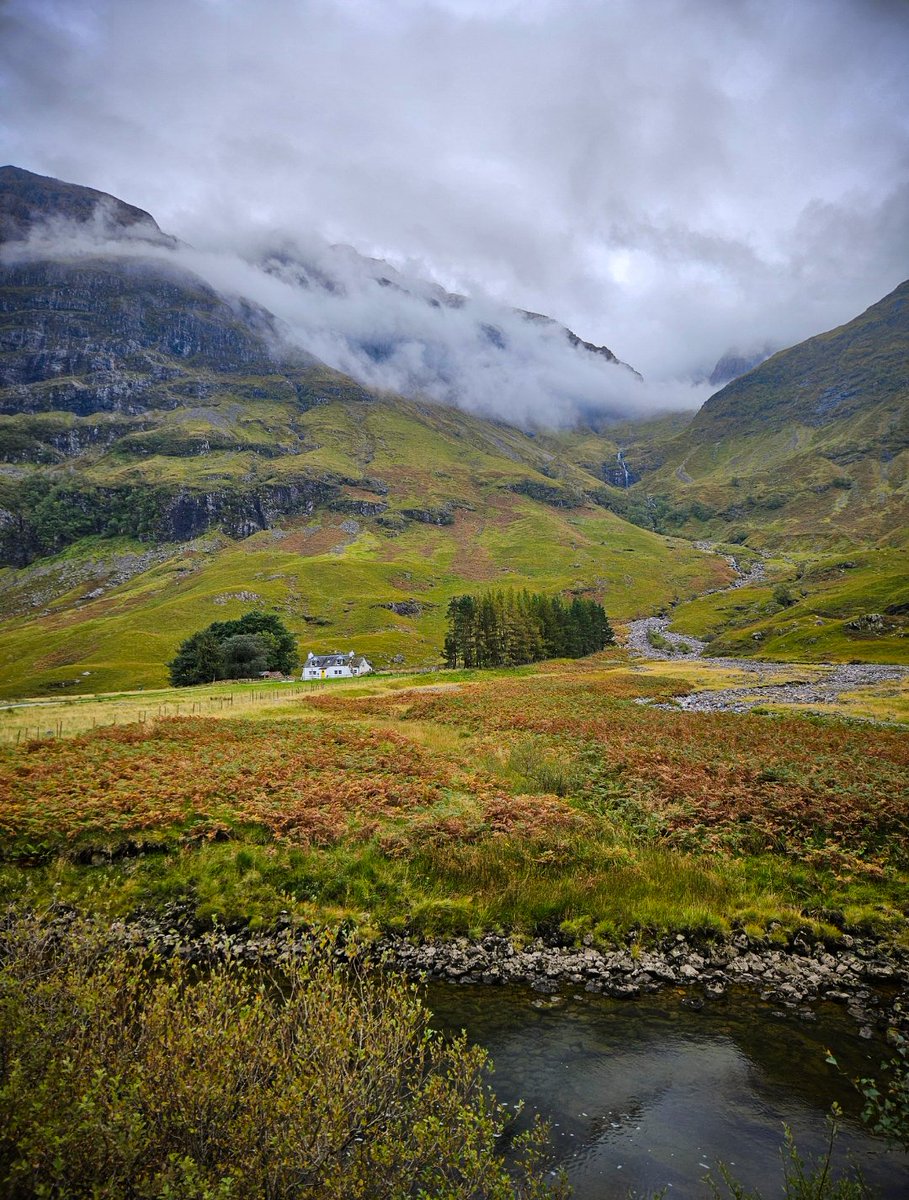Molly and I are just back from a #WoofHostelling trip to Oban, to show you some of the Dog friendly things to do courtesy of @hostellingscotland (#Ad)
It's a great option if you're travelling with a dog, with a private room, so no worries about disturbing anybody else!

It's a great option if you're travelling with a dog, with a private room, so no worries about disturbing anybody else!


To get our Castle fix we visited Dunstaffnage (dogs are even allowed inside) and Dunollie Castles, both ancient strongholds once home to Clan MacDougall.
On the way to Dunollie we paid respect to the Dog Stone, where the legendary hero Fingal tied up his enormous hounds.

On the way to Dunollie we paid respect to the Dog Stone, where the legendary hero Fingal tied up his enormous hounds.


Oban has great views to Kerrera, but why not head over to the island itself?
A 5 min ferry saw Molly and I hiking to Gylen Castle, perched dramatically on the cliffs!
This island saw the dramatic death of Alexander II after a prophetic dream warning him not to step foot there.
A 5 min ferry saw Molly and I hiking to Gylen Castle, perched dramatically on the cliffs!
This island saw the dramatic death of Alexander II after a prophetic dream warning him not to step foot there.

Slightly further out of Oban, head north to the ruins of Ardchattan Priory or south to the fantastic Historic Kilbride, which is so dog friendly that you might even meet the resident yellow Labrador wandering the old gravestones. 



Further on, Molly and I explored Carnasserie Castle, built by John Carswell, the Bishop of the Isles and author of the first book printed entirely in Scottish Gaelic!
Then we descended into the spectacular Kilmartin Glen, packed full of cairns and standing stones.

Then we descended into the spectacular Kilmartin Glen, packed full of cairns and standing stones.


You can bet that after all of that roaming, swimming and stuffing our faces in some of Oban's many dog-friendly pubs, we were exhausted.
The Oban Youth Hostel was the perfect place on the waterfront to pass out and the optional cooked breakfast in the morning was very welcome!
The Oban Youth Hostel was the perfect place on the waterfront to pass out and the optional cooked breakfast in the morning was very welcome!

Just to prove that hostels are for everybody, we chatted to a retired couple from England, a group of backpacking students from America and a family from Fife!
Of course, they all spoke more to Molly than to me...
Of course, they all spoke more to Molly than to me...

• • •
Missing some Tweet in this thread? You can try to
force a refresh










